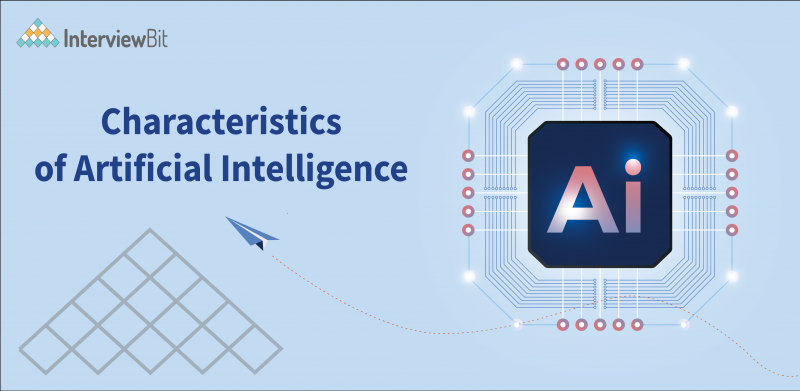Ever since World War II, the concept of artificial intelligence came into the limelight and John McCarthy coined this term in 1956, and then there is no looking back after that. Artificial Intelligence has become a requisite topic for almost all industries such as Automotive Industry, Entertainment Sector, Healthcare, marketing and Science and Technology. Most of them have inculcated in their businesses due to their versatile nature and numerous benefits. Artificial Intelligence has become a red-hot topic and due to huge investment in this technology, it is revolutionizing our lives. Artificial Intelligence has created a special place in the ICT industry (Information and Communications Technology) and people are excited about it and wary as well to reskill and fit themselves in this change. It is just impossible to ignore this term and before delving deep into the characteristics of Artificial Intelligence, let us first start with the abbreviation of AI: Artificial intelligence (AI).
What is Artificial Intelligence (AI)?
In simple words, Artificial Intelligence (AI) is an effective tool that enables machines to learn from their experience, adapt to new changes and perform tasks just like humans. It is an ability to design smart machines or to develop software applications that can self-learn and imitate the traits of the human mind with the help of reasoning, sensory applications, planning, optimal decision making and problem-solving techniques. The potential of artificial intelligence to perform human actions with the help of knowledge discovery has garnered special attention from research communities and top-class businesses and this field has observed maximum growth in the past two decades as compared to any other technology.
AI simulates human intelligence by relying on algorithms to understand human goals or methods to achieve those goals. It establishes a relationship between goal seeking, data processing and acquisition for better understanding of the goal. Taking that into consideration, the following are 4 approaches of AI.
1. Acting humanly- When a computer acts perfectly like a human being, and it is difficult to differentiate between two by using technologies such as natural language processing, automated reasoning, machine learning and automated reasoning. The Turing test, called an imitation game, determines whether a machine can demonstrate human intelligence or not without any physical contact.
2. Thinking humanly – When a computer thinks just as a human and performs tasks usually performed with human intelligence such as driving a car. The method to determine how humans think, cognitive modeling approach is used based on three techniques- Introspection, Psychological testing, and Brain imaging. This category of thinking humanly is also used in psychology and healthcare to create realistic simulations when required.
3. Thinking rationally- The typical study of how human thinks use some standards helping in creating a guideline of human behavior. A person is considered rational (reasonable, sensible, and with a good sense of judgment) and the computer thinks rationally as per the recorded behavior and solves problems logically. In other words, the solving of a specific problem is quite different from solving it in practice and computers take help of that rational thought to perform.
4. Acting Rationally- The study of how humans act in uncertainty or complexity relies completely on rational agents. As with rational thought, actions depend on conditions, environmental factors, and existing data to maximize the expected value of its performance. It normally relies on black-box or engineering approach to successfully accomplish the goal.
Confused about your next job?
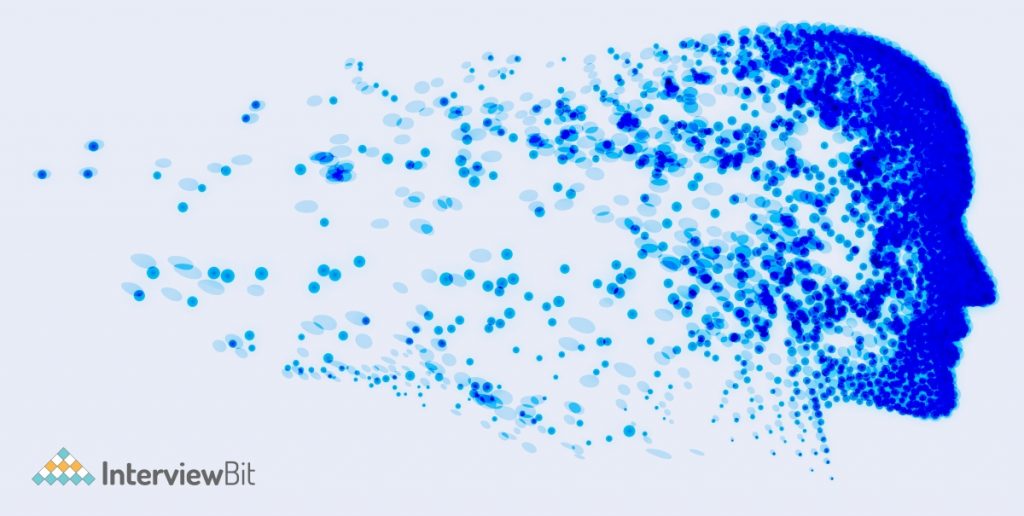
The father of AI, John McCarthy defines AI as, “The science and engineering of making intelligent machines, especially intelligent computer programs.” AI imparts intelligence to the machines so that the intelligent machines can work, operate, and react just like human beings and help in decision-making based on real-time scenarios. Artificial Intelligence is a technology that uses smart software tools to provide semantic intelligence to devices and machines just like humans do. The software understands the business scenario, analyzes real-time data, makes decisions, performs tasks, and gives responses accordingly. Artificial Intelligence is intelligent because of its cognitive power. It is a human-machine symbiosis where every data surrounding cases with emerging technologies play a vital role. It simply magnifies effective intelligence multiple times by merging machine intelligence with it. Following are the few activities for which artificial intelligence comes into action: –
- Learning
- Planning
- Speech Recognition
- Problem-solving
- Knowledge
- Perception
AI is all about the process of transforming a simple computer into a cleverly computer-controlled robot that works exactly the way a human being will work. After understanding the human brain’s functionality in terms of thinking, learning, deciding, and operating to solve a problem, a smart and intelligent system is developed. The core concept of AI is to have access to all information regarding the objects, properties, categories, and relationships between all the business use cases to implement Knowledge Engineering. Let us take a look at the main characteristics of Artificial Intelligence.
Main Characteristics of AI
Following are the top 3 main characteristics of framework that majorly contribute to Artificial Intelligence.
1. Feature Engineering
Feature extraction is the process of identifying a proper nominal set of attributes or features from the given dataset of information. The performance highly depends on choosing the correct set of features instead of the wrong ones.
The efficient feature extraction process includes: –
1. When classifying datasets, the main heuristic is to reduce the entropy of the system that is being modeled. It is called an algorithmic approach because when a system of data being classified has been reduced to a point where it cannot be further divided, feature selection can then be recycled and applied in another dataset. In other words, A.I. can maximize information gain.
2. Various feature selection algorithms are used to select a subset of the features as per their importance in the model. This subset is selected so that it has- Zero correlation among other features, thereby achieving independence of feature-set. This objective is achieved using techniques like the Gram-Schmidt orthogonalization process, Principal Component Analysis (PCA), etc.
Feature engineering produces new features for supervised and unsupervised learning by converting raw observations keeping the goal in mind of simplifying and speeding up the data transformations for enhanced model accuracy and improved performance.
2. Artificial Neural Networks
Artificial Neural Networks (ANN) also known as neural networks (NNs) is based on the collection of connected nodes known as artificial neurons just like human brain cells. Each connection transmits a signal from one neuron to another neuron after processing it. With the help of some nonlinear function, the output of each neuron generates a real number for a signal at a connection. The connections are also called edges. Neurons are aggregated in different layers for different transformations with the help of algorithms. Signals usually travel from the first layer to the last layer multiple times. There are two types of networks, one is a feedforward neural network, also known as acyclic in which signal travels only from one direction to another. Some common ones are perceptrons, multi-layer perceptrons and radial basis networks. The second type is a recurrent neural network which allows opinion and small memories of previous input events.
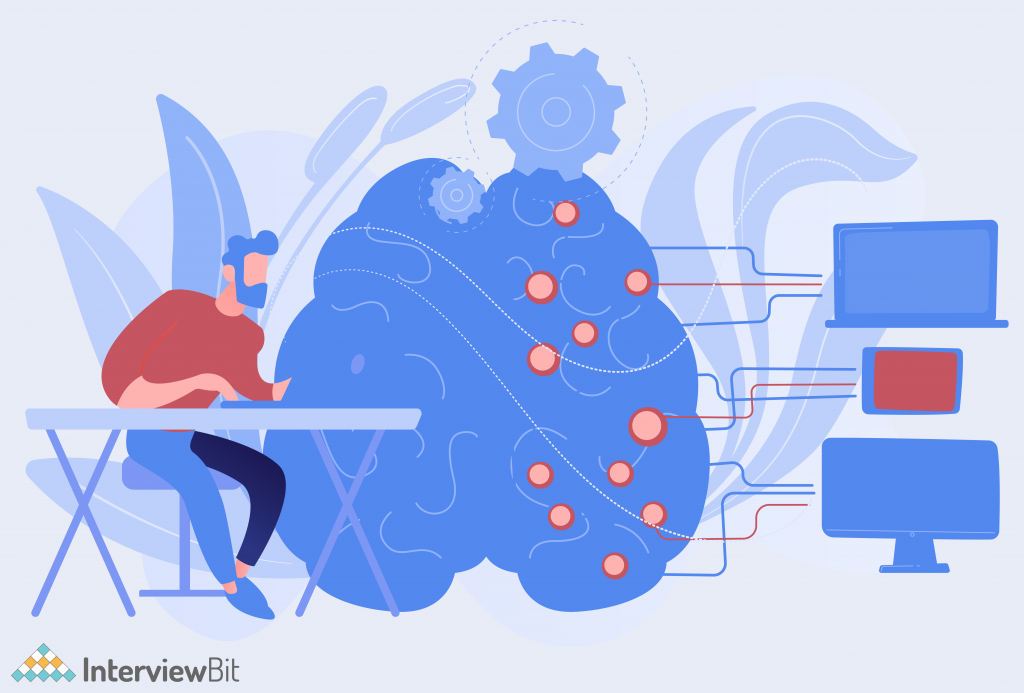
Many titans of the AI business world, foresee AI is moving a shift from cloud to the edge. The benefits of this change are speed checkouts, saves power, orchestrates traffic and direct forklifts. To turn it into reality, AI models size needs to be decreased and consequently, some techniques are being developed to shrink neural networks without any compromise in performance. These techniques are clustered in the following 5 major categories:
1. Pruning- It includes the identification and elimination of redundant connections in the neural network to slim it down and save time.
2. Quantization- In this technique, compress models are used with the help of fewer bits to represent values.
3. Low-rank factorization- In this technique, the model’s tensors are decayed to create a short version being quite close to original tensors.
4. Compact convolutional filters – These are the specially designed filters that shorten the parameter numbers, essential for convolution
5. Knowledge distillation- It entails the use of a full-size version of the model to treat it just like a small model to imitate its outputs as quickly as possible.
The techniques are independent of each other and can be applied in tandem for better results.
ANN’s are best suited to solve all the complex problems in real life situations by revealing hidden relationships between patterns and predictions (targeted marketing), modeling highly volatile data (finance), predicting rare events (fraud detection), or diagnosing harmful diseases.
For example, Alitheon aims to use the power of ANN to modernize the operational efficiency of commercial airlines and airports. The systems developed with collaboration of ANN and deep learning enhance the reliability of airport operations to automate repetitive tasks of air traffic control and perform all the manually intensive processes.
3. Deep Learning
The modern world is stuffed with a lot of data and with the help of deep learning, the digital world is transforming into a beautiful place. It is a machine learning technique that automates computers to think just like humans. The architecture of this technique includes multiple hidden layers between the input and output layers as compared to Artificial Neural Networks. In the deep learning framework, it performs automatic features after extraction along with classification learning. It has significantly improved the performance of many programs such as computer vision, image classification, speech recognition and others. Despite complex architecture or numerous hidden layers, the performance of the model can be improved with high-performance parallel-computing GPUs.
For example, autonomous vehicles (self-driving cars like Tesla on Autopilot mode), where deep learning helps in distinguishing between stop signal or green signal and make the decision to drive or not to drive. Other examples are personalizing feeds on social media, image recognition, online text recognition and many more.
Enroll in Scaler Topics’ Free deep learning course to unlock insights into applications like autonomous vehicles, where it distinguishes signals for driving decisions, alongside personalized social media feeds and image recognition.
Top Characteristics of Artificial Intelligence
Apart from the core three characteristics of AI such as Feature engineering, Artificial Neural Networks and Deep Learning, other characteristics unveil the maximum efficiency of this technology. Artificial Intelligence has evolved from its inception, and to justify the hype created around this technology, the following are the few features that need to be understood to know Artificial Intelligence in detail.
Natural language processing
Natural language processing is a subfield of linguistics, artificial intelligence, and computer science. It enables computers to understand human language in the form of text or spoken words (voice data) and understand it just like human beings. Whether the language is either spoken or written, NLP uses Artificial Intelligence to take it as input, process it and translate it in a way that the computer understands. Just like humans have ears to hear and eyes to see, computers take help of programs to read and microphones for audio. And just like human beings’ process input with the brain, computers process it with programs and algorithms for respective inputs. And in the end, the input is converted in the form of code that the computer can understand.
NLP drives computer applications to translate text from one language to another, summarize large volumes of text and respond to spoken commands in real time. The most common forms of NLP that most of us would have interacted with are, voice operated GPS systems, speech-to-text dictation software, digital assistants, customer service chatbots, or speech recognition software. Also, NLP plays an essential role in business solutions to streamline business operations and increase employee productivity with the help of applications of Text summarization or Machine translation. For example, Watson Natural Language Understanding (NLU), a software developed by IBM to analyze text in almost all data formats and perform various actions such as text classification, entity extraction, and summarization.
Intelligent Robotics
Robotics is the intersection of engineering, science and technology that produces programmable machines known as robots that can assist people or mimic human actions. Robots were originally built to handle monotonous tasks, but now it has expanded to perform domestically, commercially, and militarily. Each robot developed these days has a different level of autonomy to carry out tasks without any external influence, ranging from human-controlled bots to fully autonomous bots.
Games that involve robots have paved a way for the future wave of the gaming industry. Companies have started producing robots which include physical activity and imagination for best gaming experience. For example, Wii, a gaming robot that can be taken to park, or anywhere to interact with it. The mobility of it adds value for gaming enthusiasts and is just like an additional member of a family.
Perception
Machine perception helps in taking inputs from the sensors (like cameras, wireless signals, and microphones), process it and deduce all aspects of it. Mainly, it is used in applications such as speech recognition, facial recognition, or object recognition. Computer vision is the one source that provides visual input analysis.
For facial recognition, Artificial Intelligence technology has helped audiences to recognize individual faces using biometric mapping. This path breaking technology compares the knowledge against the database of faces to find a match of it. Usually, this feature is employed to authenticate employees or users from ID verification services for work or mobile phones. It works by pinpointing and calculating facial features from a saved image.
Let us take an example, Clearview AI, an American IT company that offers surveillance technology to all the law agencies for monitoring entire metro cities with CCTV cameras and assigning all citizens with Social Credit score in real time.
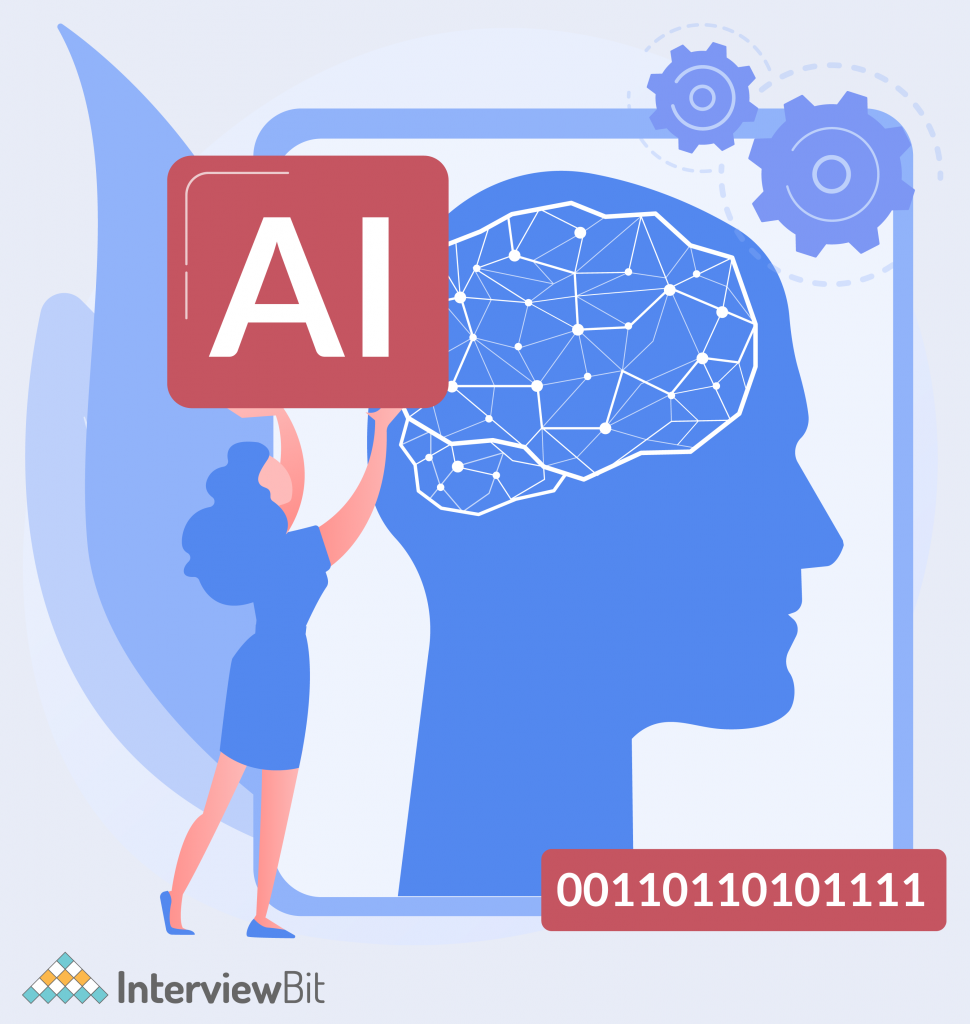
Automate Simple and Repetitive Tasks
AI has an amazing ability to effectively handle monotonous tasks repeatedly without getting tired. To better understand in detail, let’s take an example of SIRI, a voice enabled Virtual Personal Assistants created by Apple. As the name defines, it acts as an assistant and can handle multiple commands in a single day. Right from creating notes for a brief, rescheduling calendar for a specific meeting, to guiding users on the way with the help of navigation, SIRI covers it all. Earlier, these activities were supposed to be done manually which takes quite a lot of time and effort, but with voice- enabled assistants, you just need to speak, and it will get it done in a fraction of a second providing a safer work environment and increased efficiency. Other examples are Amazon Echo, Cortana and Google Nest.
Data Ingestion
The data is being produced exponentially with each passing day and this is where AI steps in. AI enabled devices collect this data, analyze previous experiences, and generate knowledge. With heaps of data, managing it and generating proper information out of it manually is just time intensive, but with AI, tables have turned. Data ingestion is the process of transporting unstructured data extracted from assorted sources to a huge database medium for accessing, utilizing, and preparing AI models. Artificial Intelligence procures logical inference to glean insights by analyzing large amounts of data with the help of Artificial Neural Networks.
For example, Elucify is a huge database of business contacts. The basic principle of this company is, “give, to receive”. The user creates an account here and signs in, after which all the user’s contacts will be accessed and shared with the system with the help of Artificial Intelligence. In return, users will get relevant contacts, a list of potential customers. In simple terms crowdsourcing the data from a lead generation tool.
Imitation Of Human Cognition
Imagine a person talking to hundreds of customers at a time, sounds unrealistic, right. Artificial Intelligence can imitate human cognition and answer some basic questions of the customers either through audio or textual input. Chatbots are Artificial Intelligence enabled software that provides a window to listen to customer issues and deliver the solutions in real time by responding to specific commands. These bots are smartly programmed to tackle customers’ issues within some boundaries, otherwise they can quickly triage you to human executives. Earlier, you needed to be ridiculously specific while talking to these bots, but now they not only understand commands, but also language to respond to you back with effective solutions or even product suggestions.
Let’s take the example of Watson Assistant, an IBM developed AI assistant. It can run across various websites, messengers or Apps once programmed, as it needs zero human intervention. A lot of companies are moving from voice process executives to chatbots to assist their customers as fast as possible, just like a human would do.

Quantum Computing
Another field in which AI has conquered is solving complex quantum physics. With the help of quantum neural networks, you get accurate answers from supercomputers and that day is not far when we will achieve path-breaking developments through Artificial Intelligence. Quantum computing is an interdisciplinary field that focuses on building highly complex algorithms of quantum for advancing computational tasks. The whole concept is generated from quantum-enhanced AI algorithms.
For example, Google AI Quantum is a pioneer in error-corrected quantum computers. The objective is to develop solutions for the most pressing problems such as sustainable energy or reduced emissions for varied applications from quantum-assisted optimization and superconducting qubit processors.
Cloud Computing
One of the most common characteristics of Artificial Intelligence is Cloud Computing. Huge chunks of data are being churned out everyday and stored in physical form is now a big problem. The advent of Cloud computing is the best solution empowered with AI capabilities to adapt in a business cloud computing environment to turn organizations more efficient, insightful, and strategic.
For example, Microsoft Azure is one of the most prominent players in the cloud computing industry. It gives you the power to deploy your machine learning model for storing data in data cloud servers without any locking period clause.
Ethical Gene Editing
Advances in AI have rapidly increased interest in medical AI applications resulting in revolutionizing image-based diagnostics. In clinical genomics, genome-sequencing algorithms process large and complex genomic datasets for variant calling, variant classification, or genome annotation. The future potential of AI is the treatment of common complex diseases or disorders caused by gene mutations which is the genetic blueprint of the patient to successfully address it.
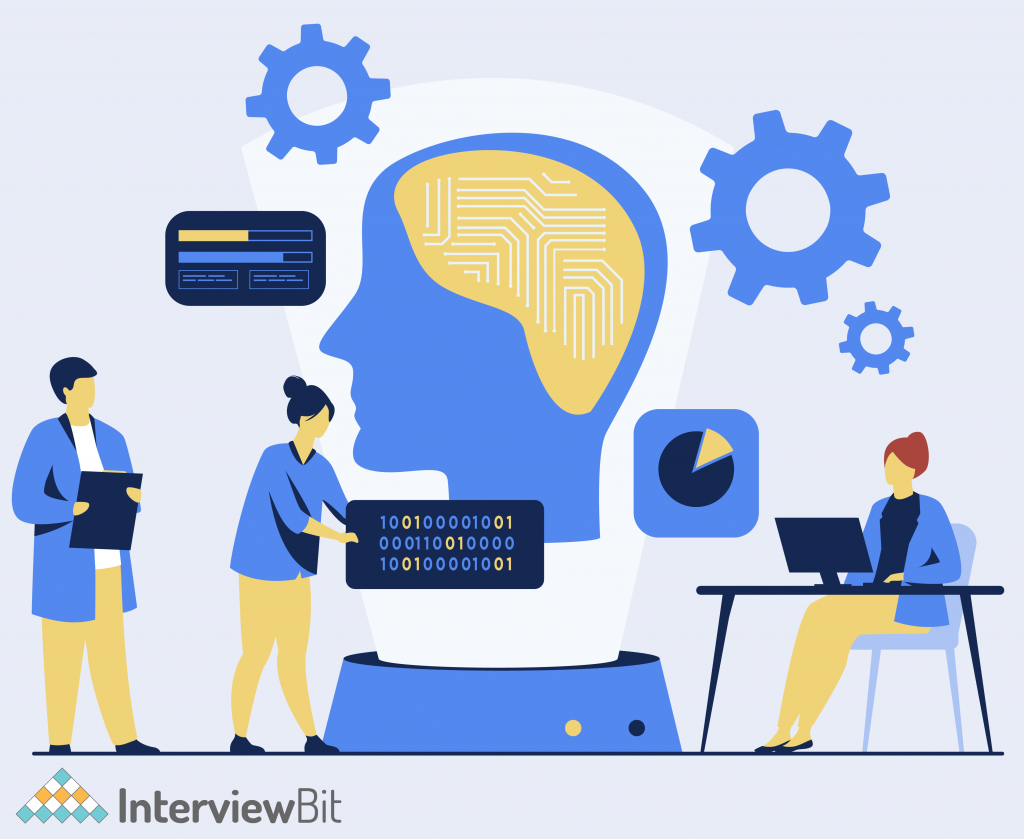
The best example is Deep Variant, a new method developed by Google. It is an analysis pipeline to edit genetic variants with the help of next-generation DNA sequencing data using deep neural networks.
Intelligent Disaster Response System
AI is used in business, gaming profiles or healthcare, but to take one step ahead it is nowadays used in disaster management. Modern rescue systems utilize sensors, drones, or AI- powered robots to collect precise information about the location of trapped victims or extent of damage or forecast of upcoming disasters. Artificial intelligence systems are fed with data of previous disasters like tremors, cyclones, floods, or volcanic eruptions to create a neural network and study seismic information. AI predicted future disasters precisely as compared to other traditional techniques.
For example, Cyclone Fani hit the southeastern states of India in May 2019. The Indian Meteorological Department predicted this storm well before time and evacuated nearly 1.2 million residents of Odisha and saved numerous lives. An Intelligent system assists rescue workers to find the safest assembly point and the death count was condensed to just 72 people, otherwise it could be much more.
Conclusion
Being the red-hot topic, Artificial Intelligence has revolutionized our lives with its mind-boggling capabilities. More and more companies are claiming to be “AI-powered” as it helps in foreseeing the later edge of the technology spectrum. It won’t be wrong to say that AI is a window for our future while standing in our present. Artificial Intelligence is impacting every life and every industry, and it makes sense that everyone wants to know more about AI, the characteristics of AI, how to use it effectively and how companies are using it to change our future. There are still many pages left to be unfolded and to foresee the change on the horizon, it is better to grab this opportunity and start innovating in the digital age.
FAQs
1. What are the types of Artificial Intelligence?
There are two types of AI based on Functionality & Capabilities:
Following are the types of Artificial Intelligence based on Functionality
- Reactive Machine
- Limited Theory
- Theory of Mind
- Self-aware AI
Following are the types of Artificial Intelligence based on capabilities
- Artificial Narrow Intelligence (ANI)
- Artificial General Intelligence (AGI)
- Artificial Super Intelligence (ASI)
2. What are the advantages of Artificial Intelligence?
Following are the top advantages of Artificial Intelligence
- 24/7 availability
- Automation
- Digital Assistance
- Handling Repetitive Jobs
- Reduction of Error/ Accuracy
- Increased Efficiency
- More Informed Decision Making
3. How Artificial Intelligence technology is shaping our tomorrow
Following are the top fields of Artificial Intelligence
- AI In Automotive Industry
- AI In Entertainment Sector
- AI In Healthcare Industries
- AI in Education
- AI in Finance
- AI in Military and Cybersecurity
4. What are the tools used by Artificial Intelligence technology?
- Search and optimization
- Classifiers and statistical learning methods
- Logic
- Artificial neural networks
- Probabilistic methods for uncertain reasoning
Takeaway
Artificial Intelligence has opened a new window for our future while living in the present as it is impacting our lives so much with its amazing characteristics. These days it is a red-hot topic and has entered almost all the fields.







 Join WhatsApp Group
Join WhatsApp Group
